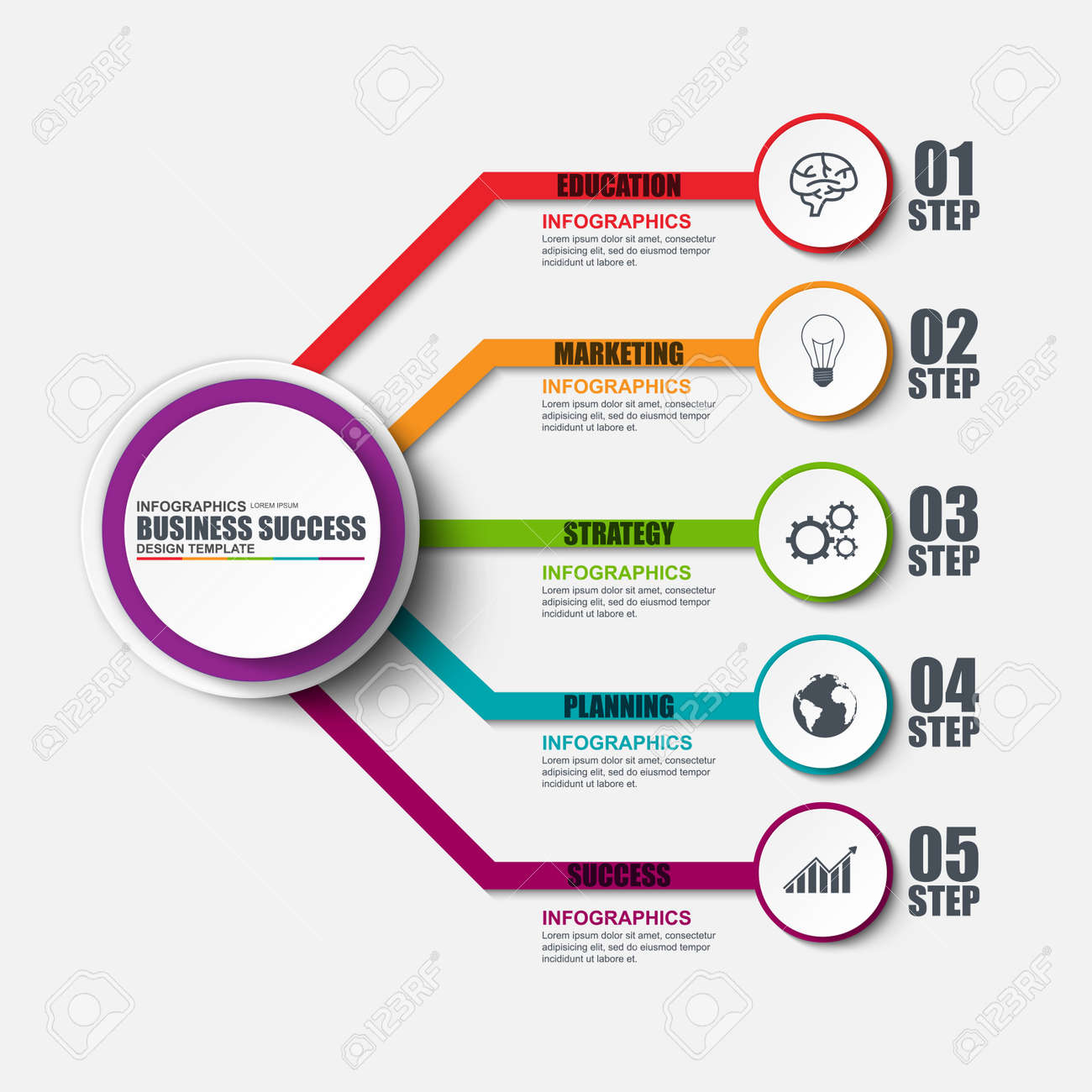Important Internet Site Design Insights: Recommendations For Constructing An User-Friendly User Interface
Important Internet Site Design Insights: Recommendations For Constructing An User-Friendly User Interface
Blog Article
Write-Up By-Scarborough Gammelgaard
When it pertains to web site design, guaranteeing user-friendliness is key. From responsive style to structured navigating, every element plays an important duty in developing a website that accommodates your target market's demands. However what concerning the better details that can make or break a user's browsing experience? Remain tuned as we discover some often-overlooked pointers that can elevate your web site's use to the following level, making it truly stand apart in the digital landscape.
Importance of Responsive Style
Receptive design is a vital element of modern internet site growth. Guaranteeing your site is responsive ways that it can adapt to various display sizes and tools, giving a seamless experience for individuals.
With the raising use mobile phones and tablets to access the internet, having a receptive design is crucial for reaching a wider audience. It aids in boosting user experience by making your website easy to navigate and continue reading any kind of gadget.
Additionally, responsive style can favorably impact your online search engine rankings, as online search engine like Google prioritize mobile-friendly sites. By having a receptive layout, you're likewise future-proofing your web site, as brand-new devices with differing screen dimensions continue to emerge.
Simplify Navigation Structure
To enhance user experience and promote easy accessibility to information on your web site, streamlining the navigation framework is vital. When developing your website, focus on developing a clear and instinctive navigation food selection that aids visitors find what they're searching for rapidly.
Restriction the number of food selection items to the fundamentals, organizing associated web pages together to stay clear of frustrating customers. Use detailed labels that plainly indicate the content of each web page, making it much easier for customers to recognize where each link will take them.
Consider applying dropdown menus for subcategories to avoid cluttering the main navigating bar. Additionally, include a search bar plainly on the page for individuals that prefer looking for particular information.
Focus on mobile responsiveness in your navigating layout to make sure very easy gain access to on all gadgets.
Enhance Page Tons Rate
Improving web page load rate is vital for retaining site visitors on your internet site. Slow-loading pages discourage customers and can bring about high bounce prices. To maximize web page load speed, begin by enhancing images. Compress visit this hyperlink without jeopardizing quality to lower their file dimensions.
Furthermore, enable After SEO caching to keep frequently accessed sources in your area, quickening lots times for returning visitors. Minify CSS, JavaScript, and HTML data by eliminating unnecessary characters, comments, and formatting, improving load speed.
Think about utilizing a web content shipment network (CDN) to disperse your site's web content across numerous web servers worldwide, lowering latency for customers accessing your website from different areas. Last but not least, restrict making use of third-party scripts and plugins, as they can dramatically influence load times.
Conclusion
To conclude, by incorporating responsive style, simplifying navigating, and maximizing page tons rate, you can create an easy to use web site that attract a wider target market and boosts individual experience. These essential elements make certain that visitors can conveniently gain access to and browse your site across various gadgets, leading to enhanced interaction and contentment. By focusing on these crucial elements, you can construct an effective website that keeps users coming back for more.
